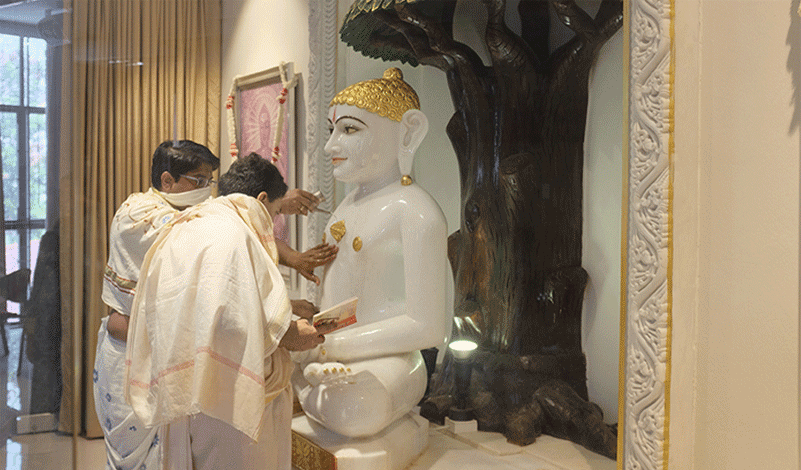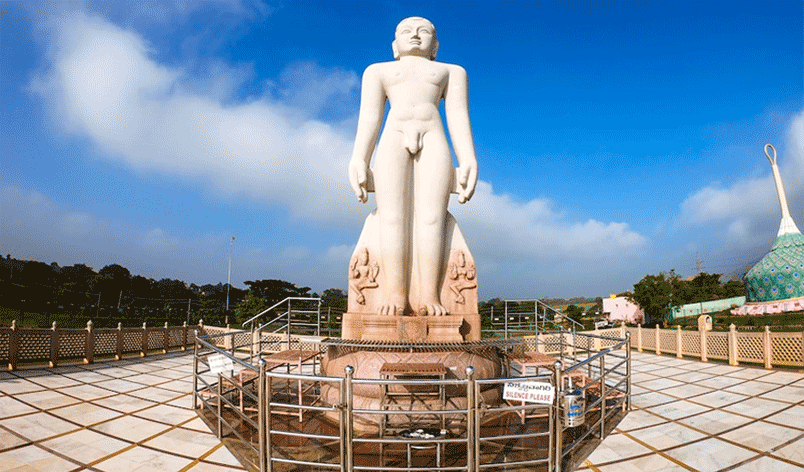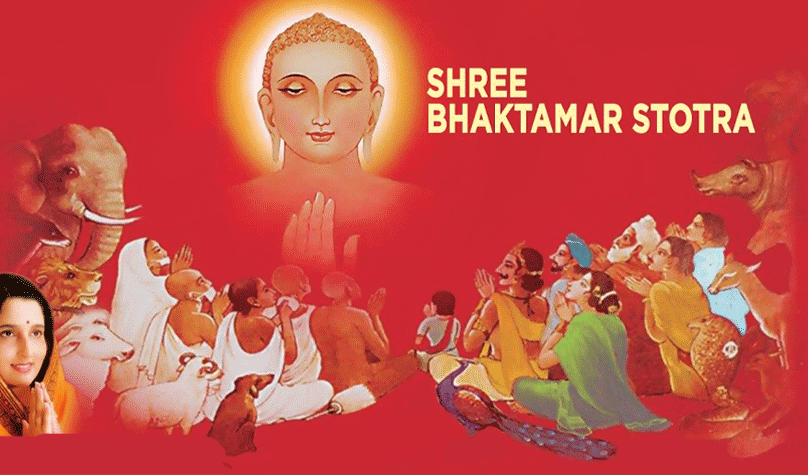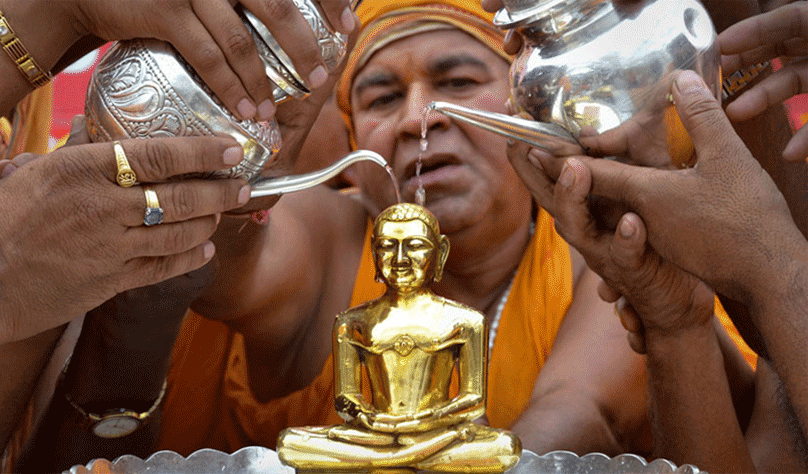The word "Jainism" comes from the Sanskrit word "Ji," which means "to win." It refers to the battle that Jain renunciants (Monks & Nuns) are thought to have to fight against their passions and bodily senses in order to reach enlightenment or complete knowledge and purity of soul. The most famous of the few people who have reached enlightenment are called Jinas, which means "Conqueror" in Sanskrit. People who follow this tradition are called Jain, which means "follower of the conquerors," or Jaina. This word replaced an older one, Nirgrantha ("Bondless"), which was only used for renunciants at first.

The Goal of Jainism is to achieve the Liberation of the Soul. Jains believe that this can be done by living a life of nonviolence and giving up things. The Aim of a religious Jain is to Free the Soul from all Karmic matter.
Jainism is a religion that teaches a route to spiritual purity and enlightenment via the practice of disciplined nonviolence, also known as ahimsa, which literally translates to "non-injury."
The goal of this life is to arrive at the liberated and joyous condition that is inherent in our true being. The concept that religion should be approached as a scientific study of moral behavior is fundamental to Jainism.


Ascetics in the Jain religion have stricter rules than those who are not ascetics. On their way to freedom, they are taught by their superiors to be disciplined and to make sacrifices. Ascetics don't eat after dark because insects are more likely to be attracted to food at night.
This is part of their effort to be peaceful. In the same way, water is boiled to kill any living things in it before it is used. They don't eat root vegetables because that would kill the plant by pulling it out of the ground.
Monks have to deal with bad weather and all kinds of other hardships in order to reach salvation.
The Jain Diet is made up of only plants. The Nonviolence Principle says that “you can't eat meat or fish, but Jains also say that you can't eat eggs, onions, potatoes, aubergines, or garlic. Some people don't eat mushrooms or vegetables with roots because pulling the roots out of the ground kills the plant. However, Jains can eat vegetables that grow above the ground as they can be picked without damaging the rest of the plant”.


The "3 Jewels," or Guiding Principles of Jainism, are Right Belief (Samyak Darshan), Right Knowledge (Samyak Jnana), and Right Conduct (Samyak Charitra).


Agamas are the collective name for Jainism's canonical texts. They are thought to have been verbally conveyed, much like the old Buddhist and Hindu texts, and to have originated from the discourses of the tirthankaras, after which the Ganadharas (top disciples) transmitted them as hrut Jnana. According to the Vtambara school of Jainism, the spoken scriptural language is thought to be Ardhamagadhi, while the Digambara school of Jainism views it as a type of sound resonance.
The most popular Jain religion's holy book is the Bhaktamar Stotra.


The most important festival for Jains is held either in August or September, based on the year. It's known as Paryushana or Daslakshan. It lasts between 8 and 10 days and is a time for Fasting and Meditating.
"Jains believe that their teachings have always been in the universe & that the Tirthankaras heard them and then told others about them."